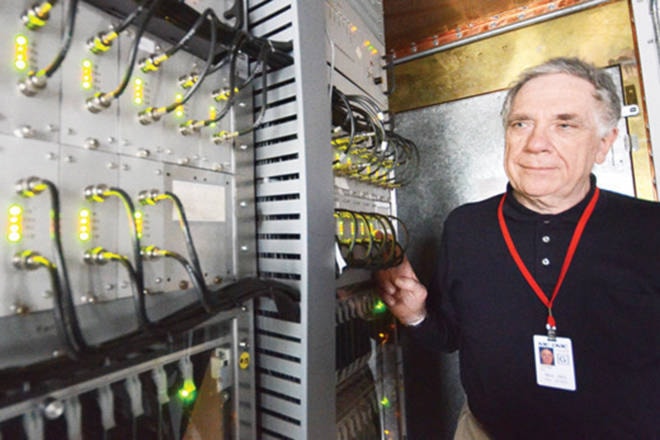Over the last two or three decades, the progress made in development of new astronomical instrumentation has been nothing short of stunning.
We can make bigger mirrors and antennas, more sensitive instruments, and far more powerful analysis techniques. We can put telescopes in space and observe cosmic emissions that were previously hidden from us.
For many years, front-line observatories have been beyond the reach of individual organizations, and are now funded as national projects or international collaborations. We therefore have to do our best to get the highest possible scientific productivity per funding dollar. Since science involves exploring the unknown, blind alleys are unavoidable, but we try hard to allocate observing time to scientifically valuable projects with a high probability of getting useful results. This also means connecting the instrument to as many prospective users as possible. The objective is to have the best connections between the biggest pool of scientific creativity and the instrumentation it needs to go forward.
International collaboration is important. Without it, doing similar research in different countries would require duplication of expensive technology. Instead, we make our instruments available to researchers in other countries and in return our researchers have access to their instruments. This means we can all make unique instruments, and have a much bigger research toolbox without wasting important and limited funds. It also means we have more contact with our international colleagues, so we have a far bigger forum to share ideas. So, you are working on a science problem and you are stuck. You need some data that is not available from other observatories or data sites like the Canadian Astronomy Data Centre. You need to make some observations, and need to apply to use a telescope. How do you do this?
These days you will probably go on the internet. Almost all observatories have websites, which list the available instruments and their capabilities. You find the observatory with the capability and instrumentation to make the observations you need, and then you download the application form. In this you identify yourself, give some background on your research and progress so far. You describe the problem and what sort of data you need, and what sort of observations you need to make. You need to do the best possible job in selling yourself, your work, and your research project. You then submit it, usually online. Working on your application might require some emailing to the observatory in order to better fit your needs to the available instruments.
Most observatories have a Time Allocation Committee (TAC), or something like that, which is responsible for getting the best productivity out of the instruments. They collect all the observing applications and send them to independent, impartial reviewers, usually scientists with relevant research interests who have no formal connection with the observatory. On the basis of the reviewersí reports, the TAC allocates the observing time, starting with the highest rated projects and working down the list until the time for that planning period is used up. So for many there will be disappointment. However, you’re lucky, so itís time to book some flights. There is nothing quite like having a huge telescope and its staff there just for you: exhilarating and scary.
At 3:07 a.m. on the June 21, the sun will reach the northernmost point in its yearly travels — the summer solstice: the day with the longest period of daylight. Venus shines brightly in the west after sunset. After dark, Jupiter dominates the southern sky and Saturn is rising in the southwest. Mars, getting brighter every night as it gets nearer to its closest to us on June 26, rises about 1 a.m. The moon will be full on June 27.
Ken Tapping is an astronomer with the National Research Council’s Dominion Radio Astrophysical Observatory, Penticton
